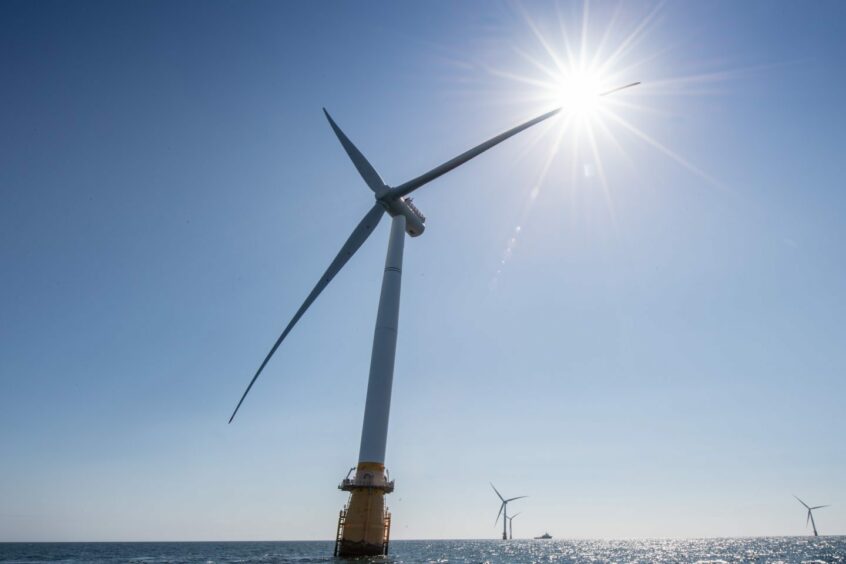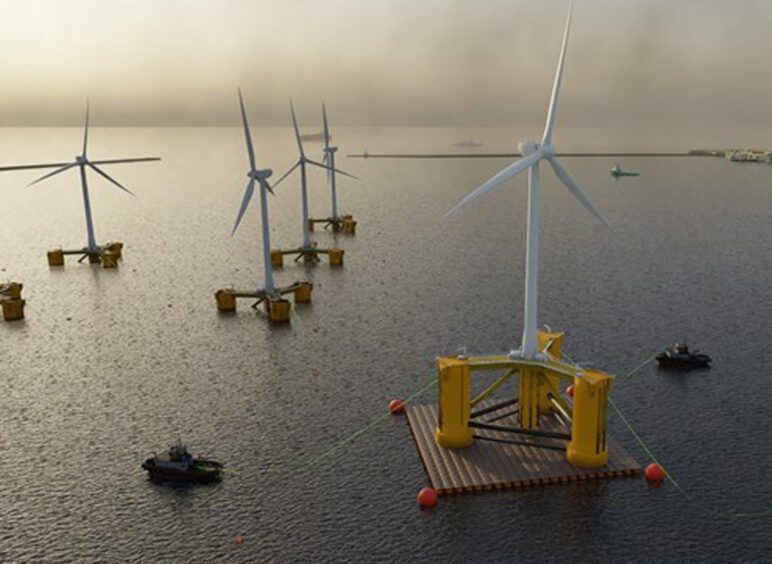
It is now over a year since the ScotWind leasing process created the opportunity for an additional 27.6GW of offshore wind in Scottish waters. Of the 20 projects that came through the application process, 14 are set to use floating wind turbines, positioning Scotland as a world leader in this technology. Whilst the scale of the result was eye catching, the accompanying Scottish supply chain commitments of over £28bn was perhaps the most significant result.
The leasing process was designed in a very deliberate and bold way, to target long term positive economic impact rather than the short term rush of higher direct option fees. By this I am referring to the decision to cap the bids from applicants, rather than simply having an open auction as seen in other places.
There will, of course, be those who disagree with that decision, and feel that Scotland plc should have tried to extract as much up-front cash from offshore wind developers as possible. That’s a perfectly reasonable position, but it is a separate debate to whether the process was successful. Once the decision was made, the key thing we all wanted to know was would it lead to the impact it had been designed to secure? I believe that there are several factors which make the case for ScotWind doing exactly what it was intended to.
Firstly, the creation of a long-term pipeline of offshore wind projects gives confidence to the market and shows that Scotland is a safe bet for offshore wind investment. Secondly, the significant supply chain commitments from the developers gives confidence to the local supply chain that developers intend to source a great deal of their products and services from innovative Scottish companies.
What comes next, however, is the tricky part, and it does not sit within Crown Estate Scotland’s gift. It depends on how the sector and government work together to ensure that the opportunity created by ScotWind is fully realised. There have already been encouraging signs of the type of collaboration we need to see, such as through the Scottish Offshore Wind Energy Council’s work on strategic investment.
This is also where the scale of the floating wind opportunity is important. Still a new technology, perfectly suited both to Scotland’s deep waters and to the country’s oil and gas heritage, floating wind enables access to the higher wind resource sites which would previously be out of reach to offshore wind development.
Before the full potential for floating wind unleashed by ScotWind can become reality though, there are hurdles to overcome and challenges to meet. These vary from steps to improve Scotland’s port infrastructure to support a dramatic increase in renewables, to how we find innovative solutions to Scotland’s challenging grid constraints, as well as how we can streamline the consenting process. These challenges, and others, will require joined up thinking and partnership between developers and government.
Later this year will see the launch of our new £9m Floating Offshore Wind Innovation Centre (FLOWIC) in Aberdeen, in collaboration with the Energy Transition Zone. It will look at how we can develop innovative technical solutions in relation to floating wind, as well as working alongside our Floating Offshore Wind Centre of Excellence, to come up with solutions which will help foster the development of local supply chain opportunities.
The North East of Scotland has an opportunity be a global leader in offshore floating wind given the significant synergies with subsea technologies and expertise – 75% of the world’s subsea engineering capability is based in the region.
So, if the stage was set in 2022 by the unexpected scale of ScotWind, the steps taken over the coming months and years will see answers to the questions we all want to know in relation to how Scotland, and the wider UK, can make the most of the potential on offer.
We all have a role to play in that, and ORE Catapult is no exception, but we should move forward with confidence in developing the innovations which will help the Scottish offshore wind supply chain take a giant leap in the years to come.
Recommended for you

 © Supplied by ORE Catapult
© Supplied by ORE Catapult © Supplied by EMEC
© Supplied by EMEC